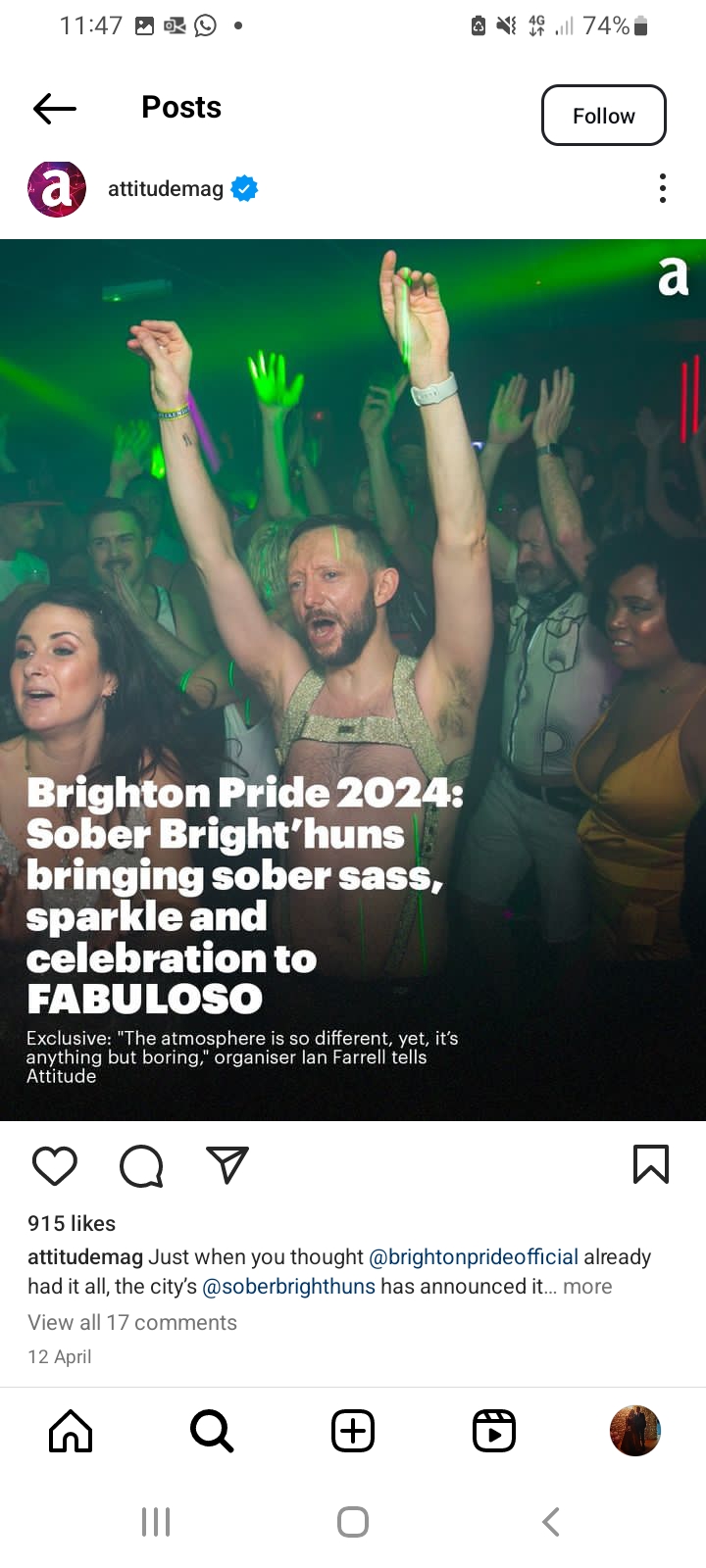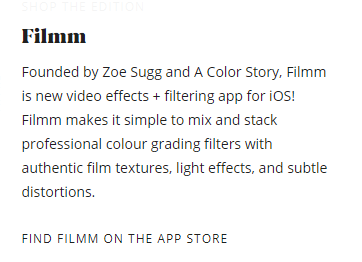Attitude representation

Representation Stereotypes Created when knowledge is lacking or unattainable and the substitution of thoughts or opinions are implemented This often leads to misjudgement and unfair discrimination towards certain groups In media products, they have the potential to impact the mindset of audiences, often sustaining, perpetuating and creating stereotypes Media products portray the unspoken norms of an ideology Such products appeal to the widest audience - intellectually and globally Representing LGBT media representations of sexuality in Britain are overwhelmingly heterosexual. Gerbner (2002) argues that the media participate in the symbolic annihilation of LGBT by negatively stereotyping them, by rarely portraying them realistically, or by not portraying them at all. Craig (1992) suggests that they are often stereotyped as having amusing or negative psychological and social characteristics. -Campness - the camp persona reinforces negative views of gay sexuality by being somew...
